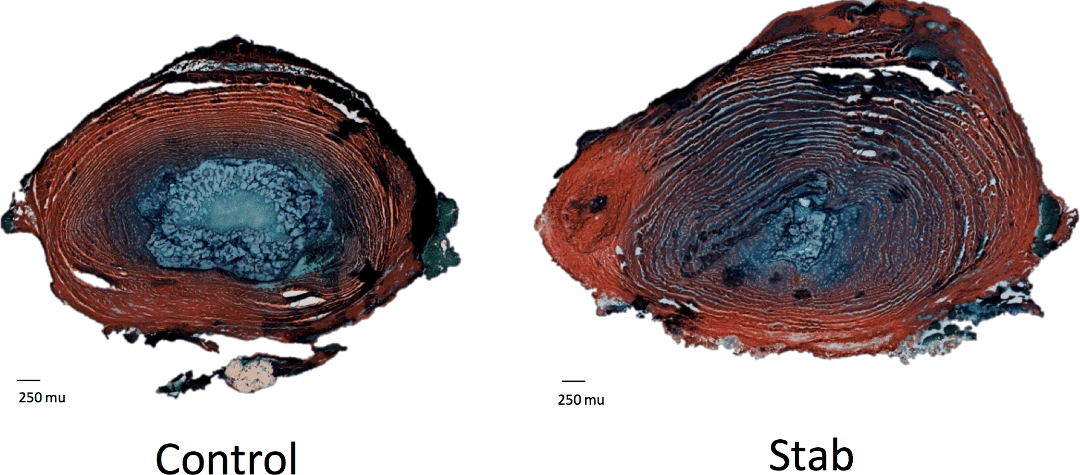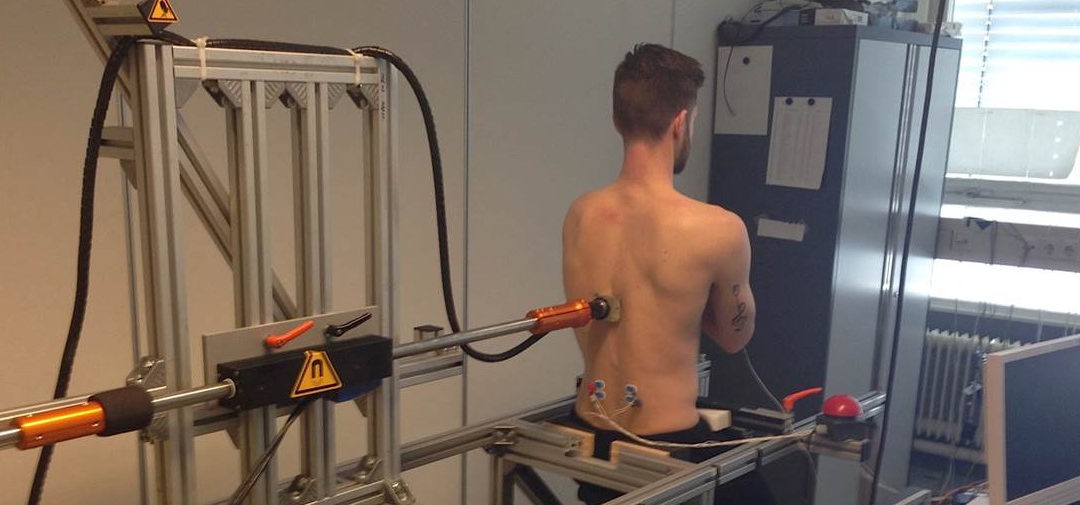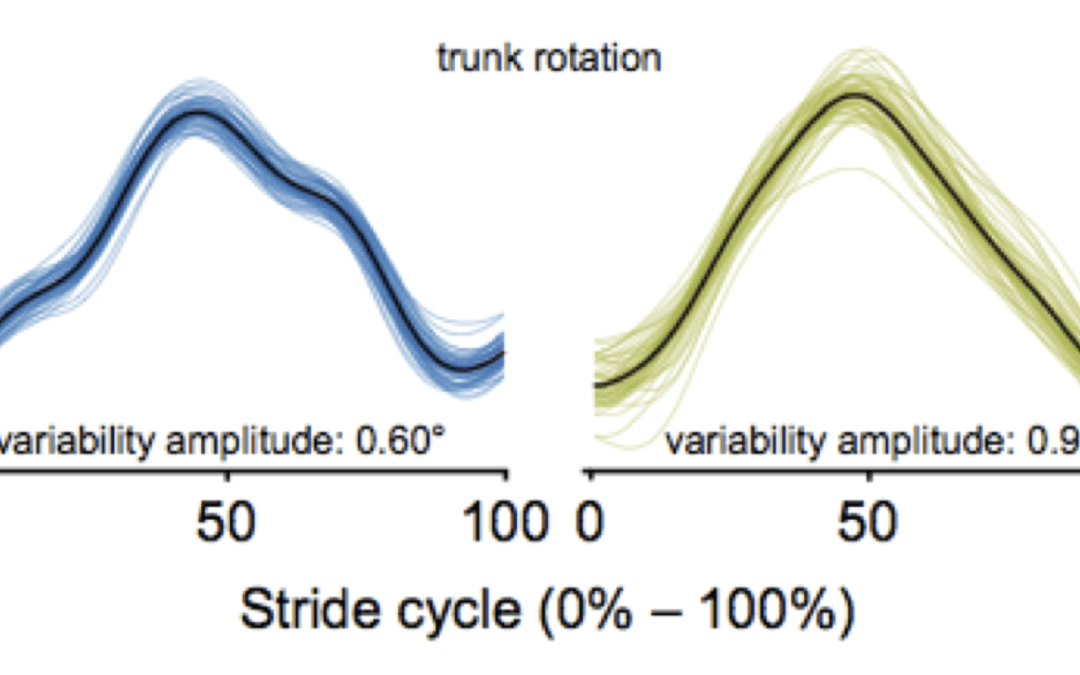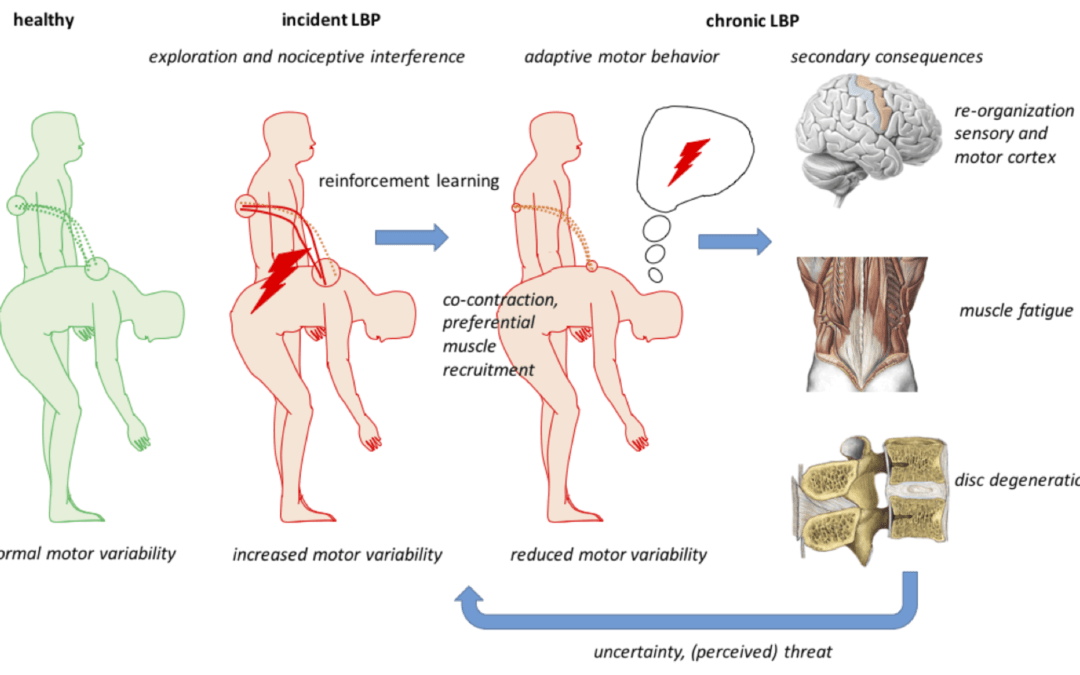Balance & motor control in pregnancy related Pelvic Girdle Pain
Project Parameters
Research Partners
Related Research Themes & Projects

Interactions between disc degeneration and multifidus atrophy
The aim of this project is to understand how the mechanical effects of atrophy of the multifidus muscles, as observed in patients with low-back pain, interact with those of intervertebral disc degeneration. Disc degeneration reduces spine stiffness and may impair control over spine movement. Multifidus atrophy is assumed to result from nociceptive afference from spinal structures and may all negatively affect control over the spine. In turn, reduced control over spine movement may enhance disc degeneration.

Identification of trunk postural control mechanisms
In this project, we have developed methods to identify trunk muscle control based on mechanical perturbations of the trunk and measurements of resulting kinematics and muscle activity and a neurophysiological model of trunk control to obtain a better understanding of how trunk posture is maintained in healthy subjects and how this control is impaired in patients with low-back pain and movement disorders

Splinting behavior in patients with low-back pain?
It is well established that patients with chronic low-back pain move their trunk different than pain-free individuals during walking and other activities. In this project we investigate whether these altered movement patterns care an effect of splinting: an increased stiffness of the trunk through co-contraction of trunk muscles or through high reflex gains, aimed at avoid large of fast movements.

Unravelling chronic low-back pain: The clinical value of movement variability
This research project aims to investigate the role of movement variability in low-back pain, to develop clinically applicable methods for assessing movement variability, and to evaluate the relationship between movement variability and important psychological barriers for recovery.

Motor learning in patients with low-back pain
We propose that pain and loss of control over posture and movement, as well as the perceived threat of these, may drive a learning process leading to movement patterns that contribute to persistence of pain. In this project we investigate how (threats of) pain and loss of control affect motor behavior in healthy controls and patients with low-back pain.